Extremely Rare and Important Chinese Export European Subject Initialed Punch Bowl, Qing Dynasty, Qianlong Period, After 1759-1785清乾隆 1759年後至1785 粉彩西洋錦鷄山水人物圖大盌 decorated after an English delftware original, painted inside in famille-rose enamels with a hen and twelve chicks within an elaborate border enclosing the initials W.B.M and the date 1759, the exterior decorated in blue enamel with a country scene of couples processing towards a small building, probably a church, the scene divided by a shield surmounted by a stag's head crest enclosing the initials J.M.M. and underneath with a ribbon inscribed GOADIELMINGDiameter 15 3/4 in.; 40 cmProvenanceSotheby's Monaco, 23rd June 1985, lot 620 Earle D. Vandekar, New York, 1985Catalogue noteThe present punch bowl represents proof of a unique moment in the history of trade between China and England in the 18th century. While most European designs on Chinese export porcelains were conveyed using seal fobs, drawings and bookplates to Chinese painters and potters working in Jingdezhen at the time, the current example is most likely directly copied from an English delftware bowl, illustrated in Frank Britton, English Delftware in the Bristol Collection, London, 1982, cat. no. 10.30 and pl. 32, and currently in the collection of Bristol Museum & Art Gallery, Bristol, acc. no. G.2155. Chinese export punch bowls of this type are extremely rare and historically important. When describing the aforementioned English delftware example, Britton paraphrased accounts in 1873 which asserted officers of the British East India Company's ships would transport English delftware bowls to China to be copied. While the specific imagery on the current punch bowl was not explicitly mentioned, Britton, ibid, p. 153, concludes that bowls of this design to be 'the only authenticated instance of any English delftware article having been copied in China'. Britton documents two other Chinese export punch bowls of the same design, which originated from the same owner. One, inscribed at the base with F ROYLE, passed through a London dealer in 1972 and was bought by an anonymous American collector. This bowl is illustrated in Geoffrey A. Godden, Oriental Export Market Porcelain, Frogmore, 1979, p. 234, fig. 154, and was later sold at Christie's New York, January 21st, 1999, lot 72, and is now also in the collection of the Bristol Museum & Art Gallery, Bristol, acc. no. Or1999.01. Britton describes the other example to be identical to the first example except with GOD ALMING inscribed to the interior footrim, however he did not provide any further account of its whereabouts and it does not appear to have been published. The present bowl, inscribed GOADIELMING on the exterior could be assumed to be the example cited by Britton, but the different location and spelling of the inscription appears to suggest this example to be a third punch bowl. Britton theorized that the initials W.B.M and date inscribed to the interior rim of the bowl commemorated the marriage between William Bliset and Mary Whiteland on July 25th, 1759. The inscriptions F ROYLE, GOD ALMING and GOADIELMING on the known examples may have referred to the locations of the bride and groom's family, with a Whiteland family documented to be from a village near Froyle, and several Blisets from approximately 10 miles from Godalming. Britton further suggested that given the pair signed the marriage register with a simple cross, Bliset and Whiteland may have been servants of the Lord of the Manor at the time, William Henry Draper, who then commissioned the delftware bowl as a wedding present for the pair, and later ordered Chinese export examples through a member of the Draper family who served in the British East India Company. However, due to the extraordinary cost for ordering Chinese porcelains in the 18th century from Europe, it seems unlikely that these punch bowls would have been ordered by Draper for his servants. In addition, the present example includes
Extremely Rare and Important Chinese Export European Subject Initialed Punch Bowl, Qing Dynasty, Qianlong Period, After 1759-1785清乾隆 1759年後至1785 粉彩西洋錦鷄山水人物圖大盌 decorated after an English delftware original, painted inside in famille-rose enamels with a hen and twelve chicks within an elaborate border enclosing the initials W.B.M and the date 1759, the exterior decorated in blue enamel with a country scene of couples processing towards a small building, probably a church, the scene divided by a shield surmounted by a stag's head crest enclosing the initials J.M.M. and underneath with a ribbon inscribed GOADIELMINGDiameter 15 3/4 in.; 40 cmProvenanceSotheby's Monaco, 23rd June 1985, lot 620 Earle D. Vandekar, New York, 1985Catalogue noteThe present punch bowl represents proof of a unique moment in the history of trade between China and England in the 18th century. While most European designs on Chinese export porcelains were conveyed using seal fobs, drawings and bookplates to Chinese painters and potters working in Jingdezhen at the time, the current example is most likely directly copied from an English delftware bowl, illustrated in Frank Britton, English Delftware in the Bristol Collection, London, 1982, cat. no. 10.30 and pl. 32, and currently in the collection of Bristol Museum & Art Gallery, Bristol, acc. no. G.2155. Chinese export punch bowls of this type are extremely rare and historically important. When describing the aforementioned English delftware example, Britton paraphrased accounts in 1873 which asserted officers of the British East India Company's ships would transport English delftware bowls to China to be copied. While the specific imagery on the current punch bowl was not explicitly mentioned, Britton, ibid, p. 153, concludes that bowls of this design to be 'the only authenticated instance of any English delftware article having been copied in China'. Britton documents two other Chinese export punch bowls of the same design, which originated from the same owner. One, inscribed at the base with F ROYLE, passed through a London dealer in 1972 and was bought by an anonymous American collector. This bowl is illustrated in Geoffrey A. Godden, Oriental Export Market Porcelain, Frogmore, 1979, p. 234, fig. 154, and was later sold at Christie's New York, January 21st, 1999, lot 72, and is now also in the collection of the Bristol Museum & Art Gallery, Bristol, acc. no. Or1999.01. Britton describes the other example to be identical to the first example except with GOD ALMING inscribed to the interior footrim, however he did not provide any further account of its whereabouts and it does not appear to have been published. The present bowl, inscribed GOADIELMING on the exterior could be assumed to be the example cited by Britton, but the different location and spelling of the inscription appears to suggest this example to be a third punch bowl. Britton theorized that the initials W.B.M and date inscribed to the interior rim of the bowl commemorated the marriage between William Bliset and Mary Whiteland on July 25th, 1759. The inscriptions F ROYLE, GOD ALMING and GOADIELMING on the known examples may have referred to the locations of the bride and groom's family, with a Whiteland family documented to be from a village near Froyle, and several Blisets from approximately 10 miles from Godalming. Britton further suggested that given the pair signed the marriage register with a simple cross, Bliset and Whiteland may have been servants of the Lord of the Manor at the time, William Henry Draper, who then commissioned the delftware bowl as a wedding present for the pair, and later ordered Chinese export examples through a member of the Draper family who served in the British East India Company. However, due to the extraordinary cost for ordering Chinese porcelains in the 18th century from Europe, it seems unlikely that these punch bowls would have been ordered by Draper for his servants. In addition, the present example includes
.jpg)
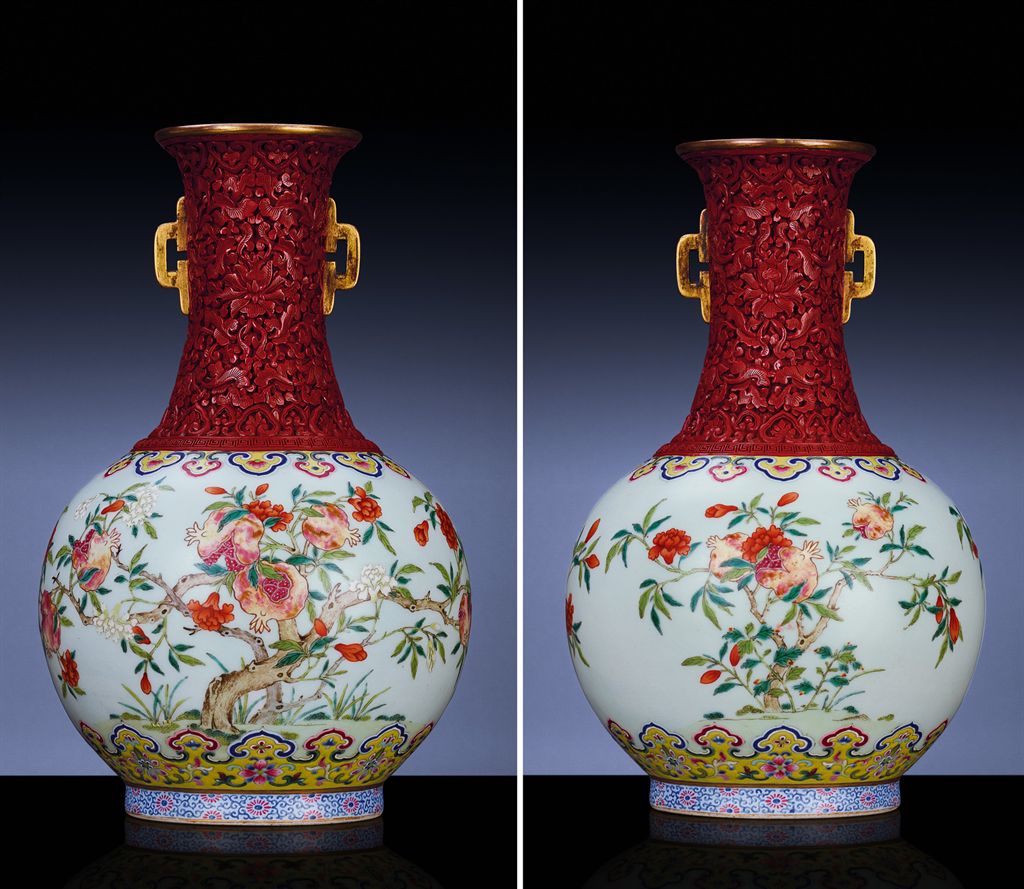
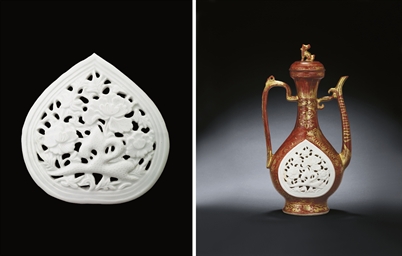



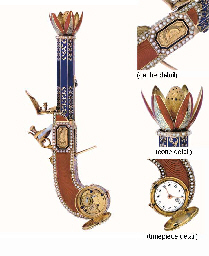
.jpg)

.jpg)


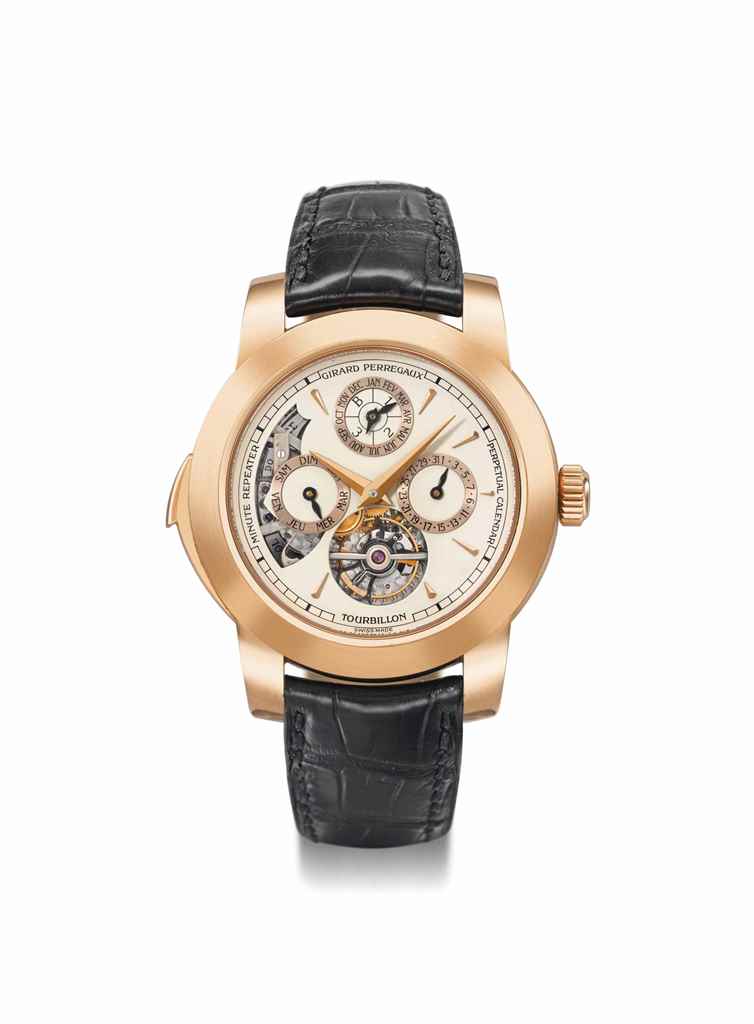

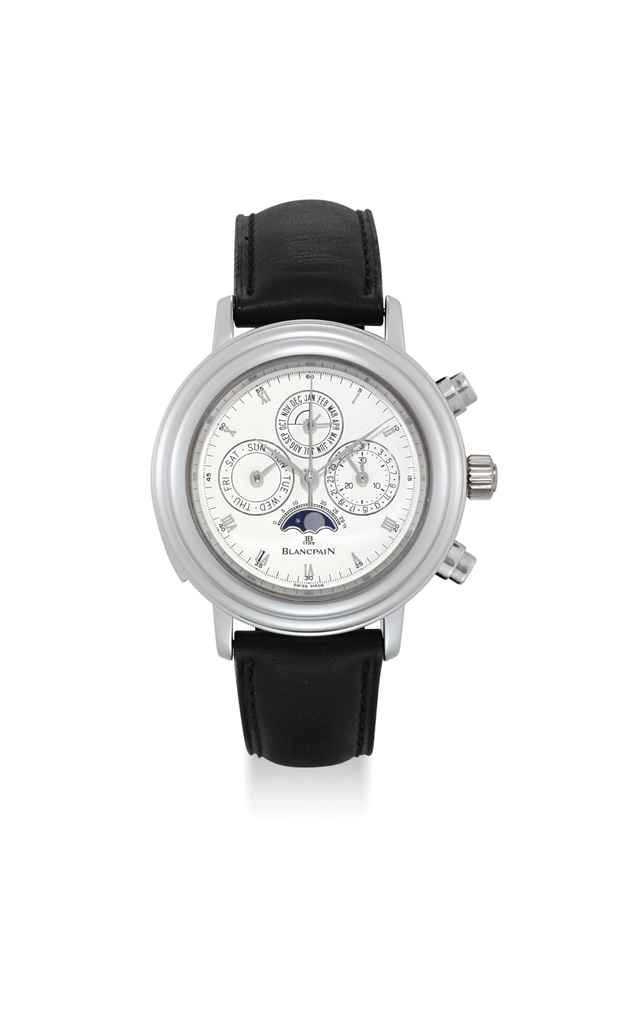
Testen Sie LotSearch und seine Premium-Features 7 Tage - ohne Kosten!
Lassen Sie sich automatisch über neue Objekte in kommenden Auktionen benachrichtigen.
Suchauftrag anlegen